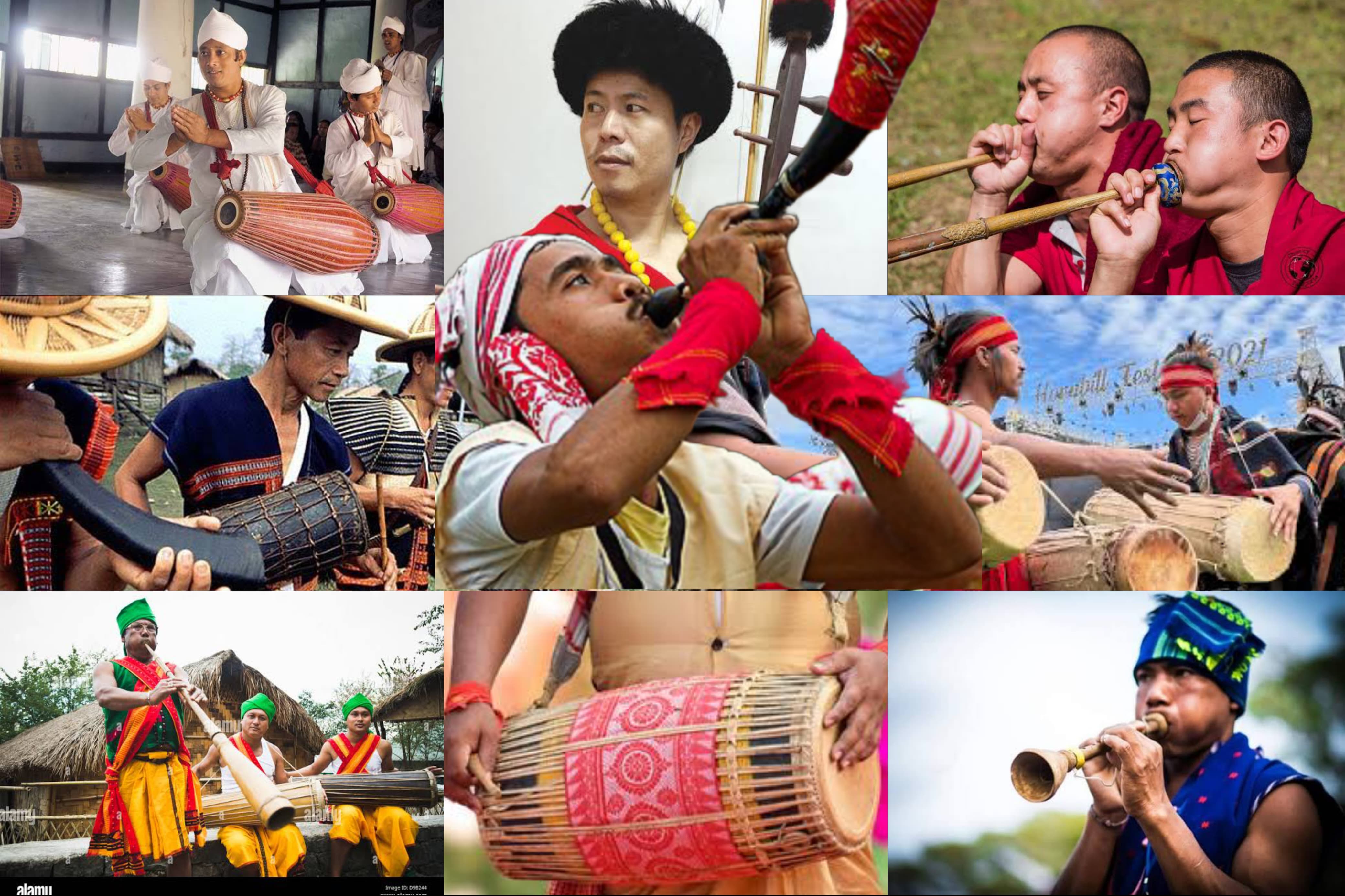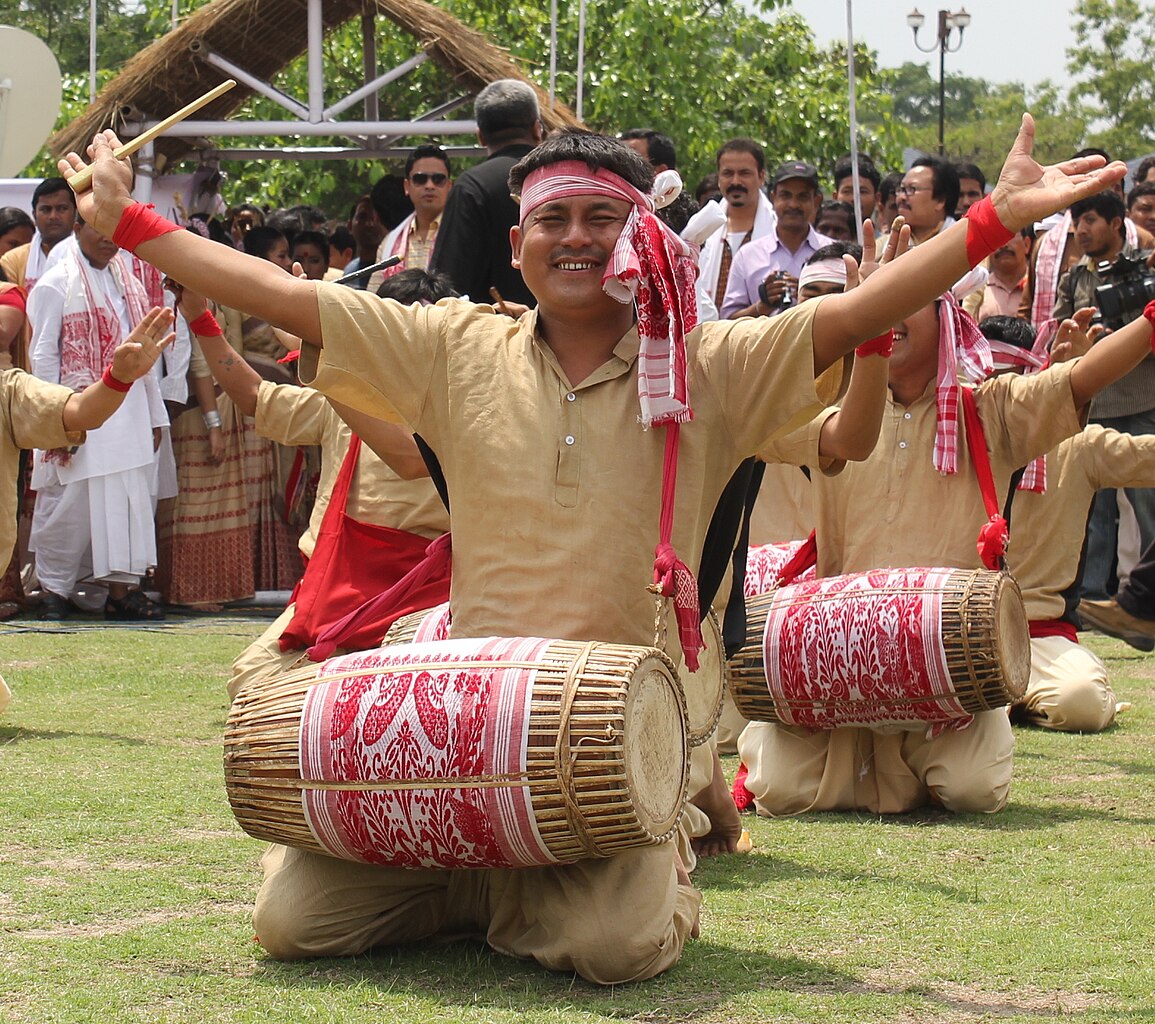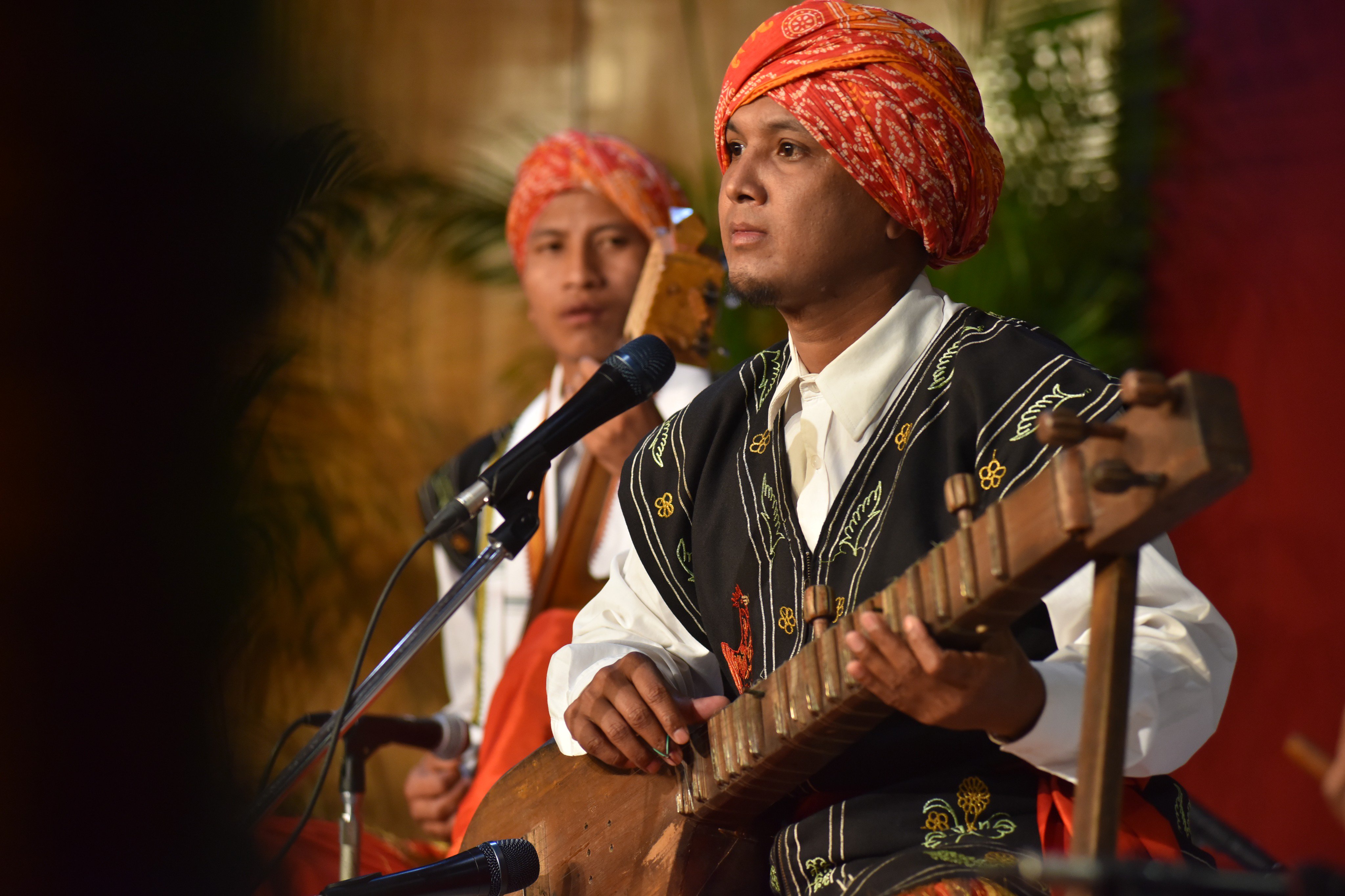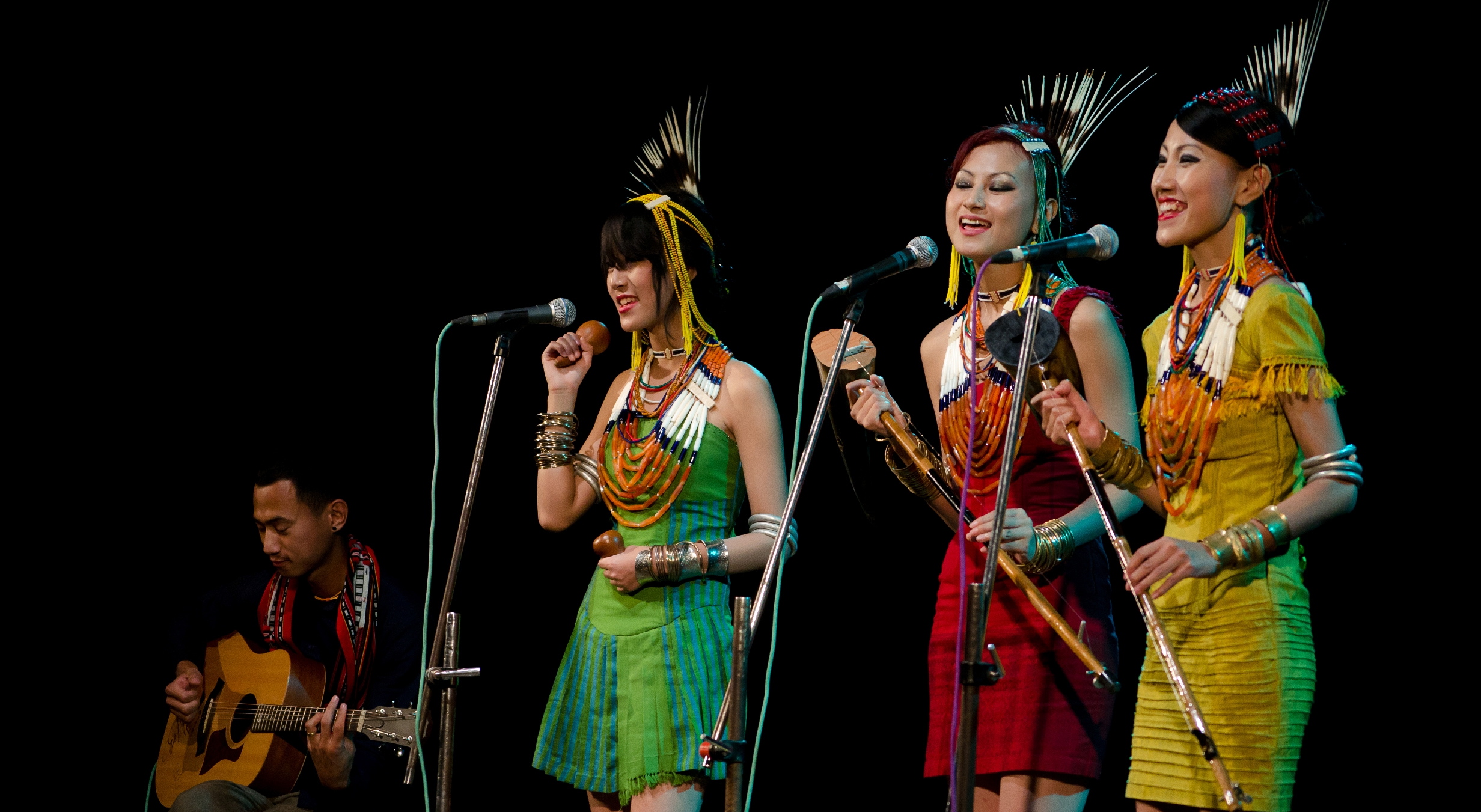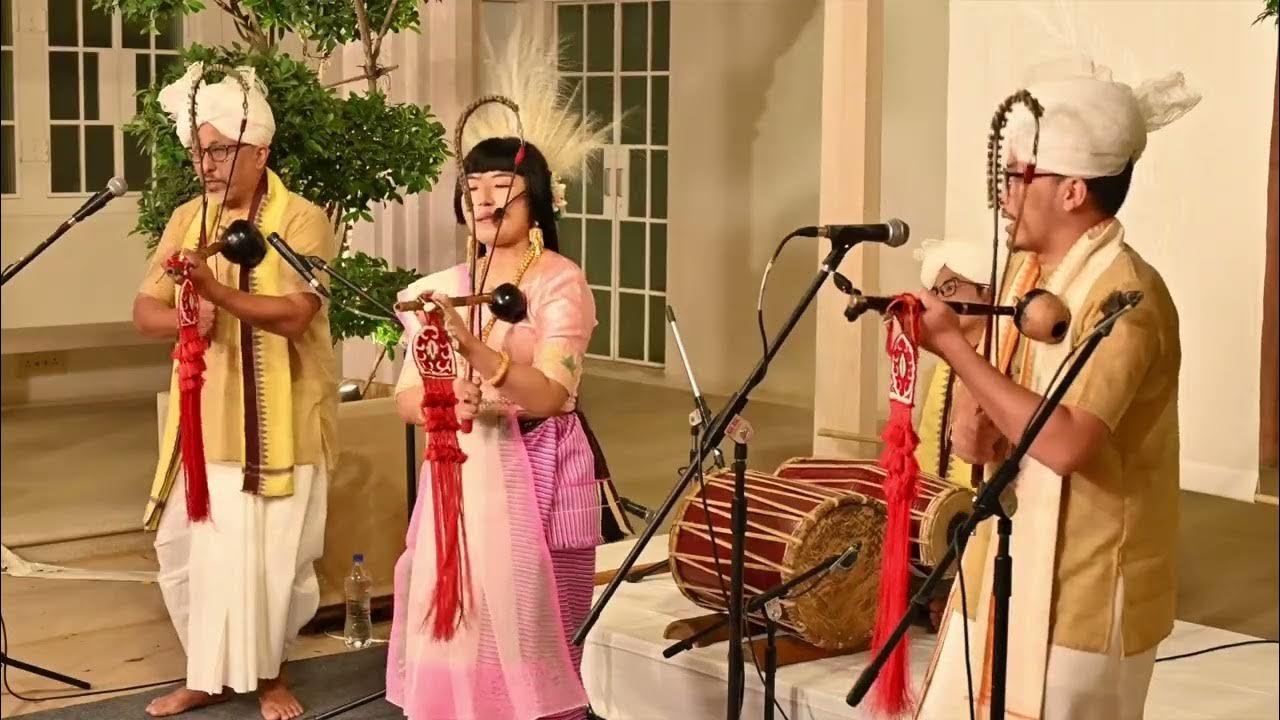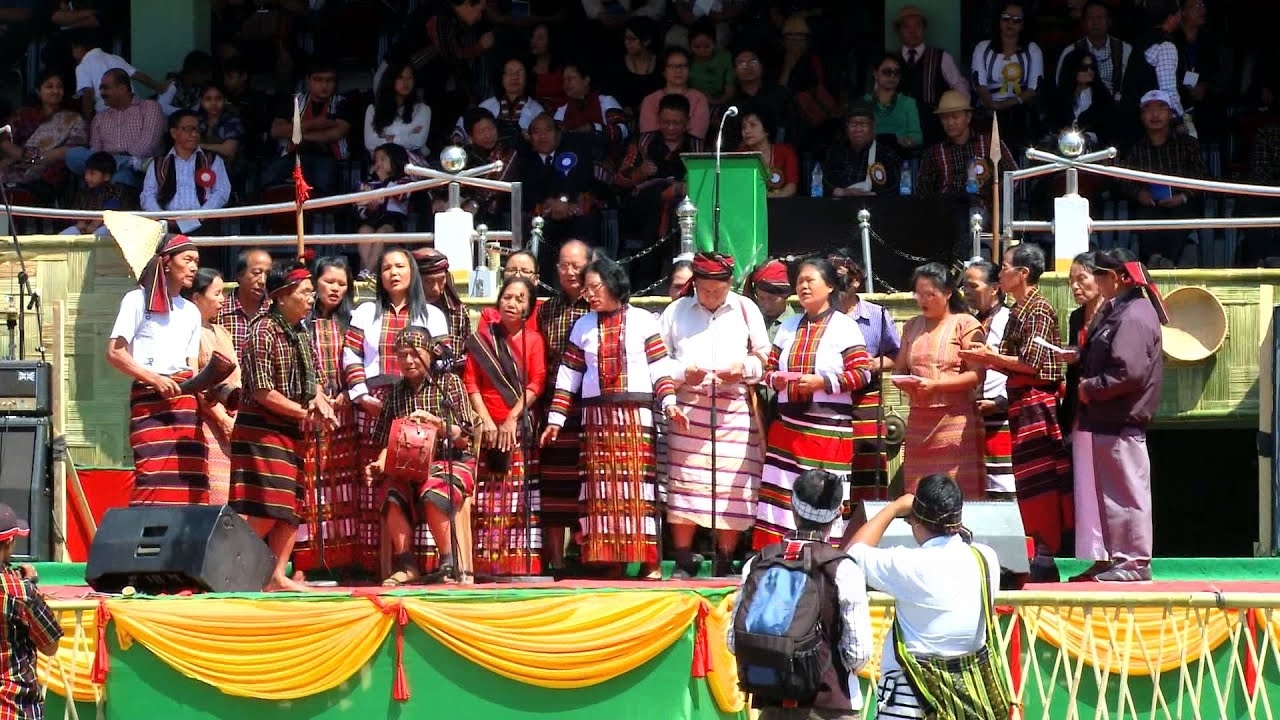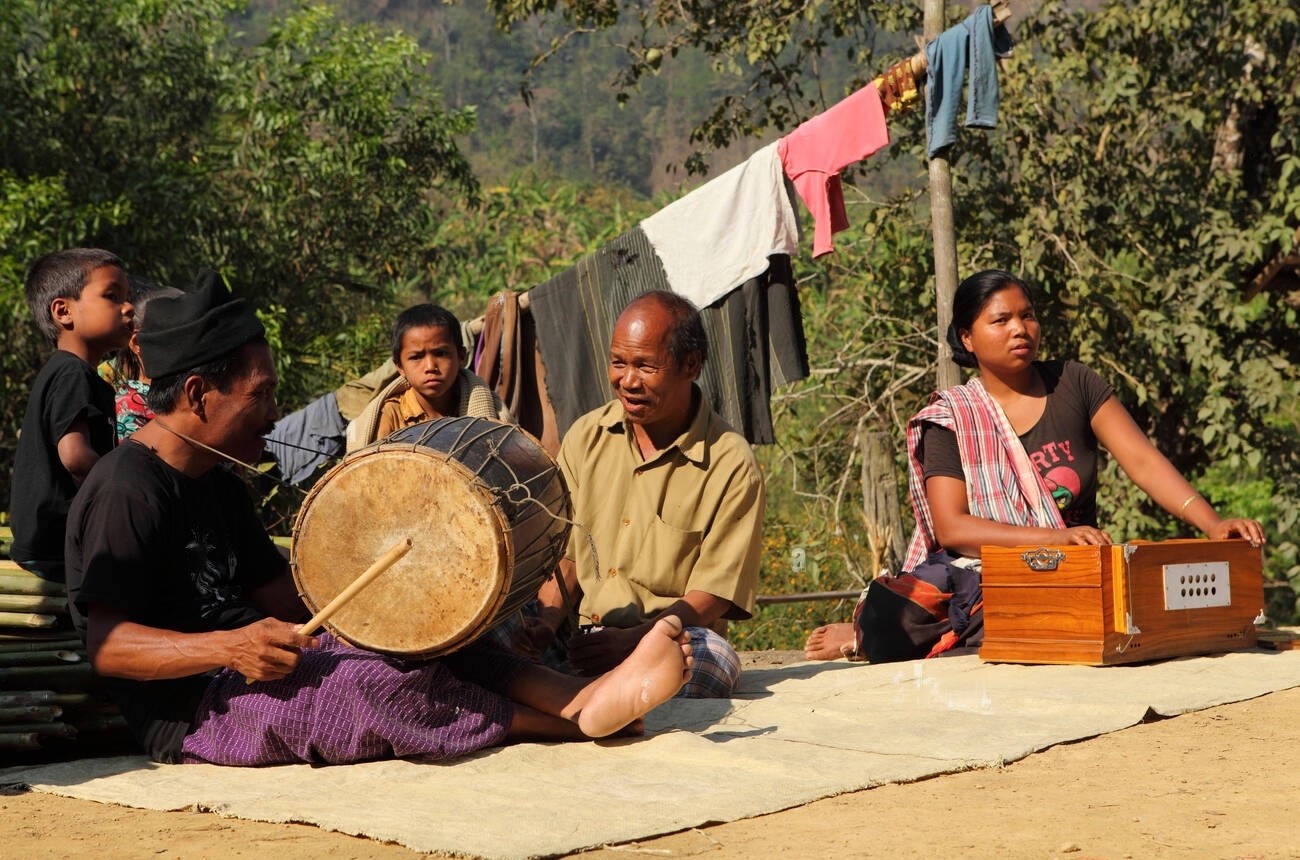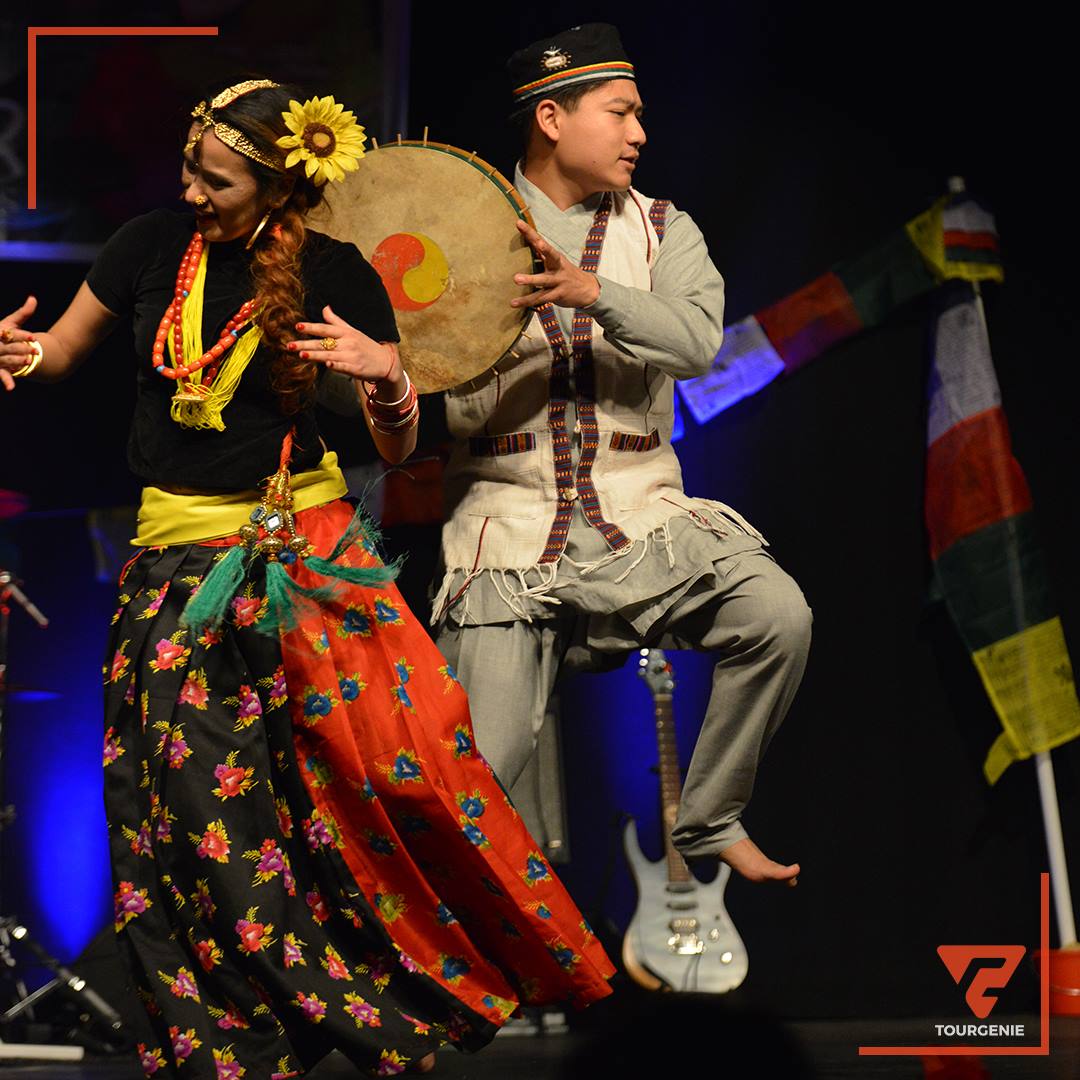The folk music of Arunachal Pradesh, a northeastern state in India, is a rich tapestry of diverse traditions and cultures that thrive in this remote and pristine region. Arunachal Pradesh is home to a multitude of indigenous tribes, each with its unique musical heritage. These folk melodies and rhythms are deeply rooted in the daily lives, rituals, and celebrations of the various communities residing in the state. The music often revolves around themes of nature, spirituality, and the cyclical rhythms of life in the mountains. Traditional instruments like the bamboo flute, handcrafted drums, and stringed instruments play a pivotal role in creating the distinctive soundscapes of Arunachali folk music. With its authenticity and deep connection to local customs, Arunachal Pradesh's folk music is not only a sonic delight but also a cultural treasure that reflects the state's rich and diverse heritage.
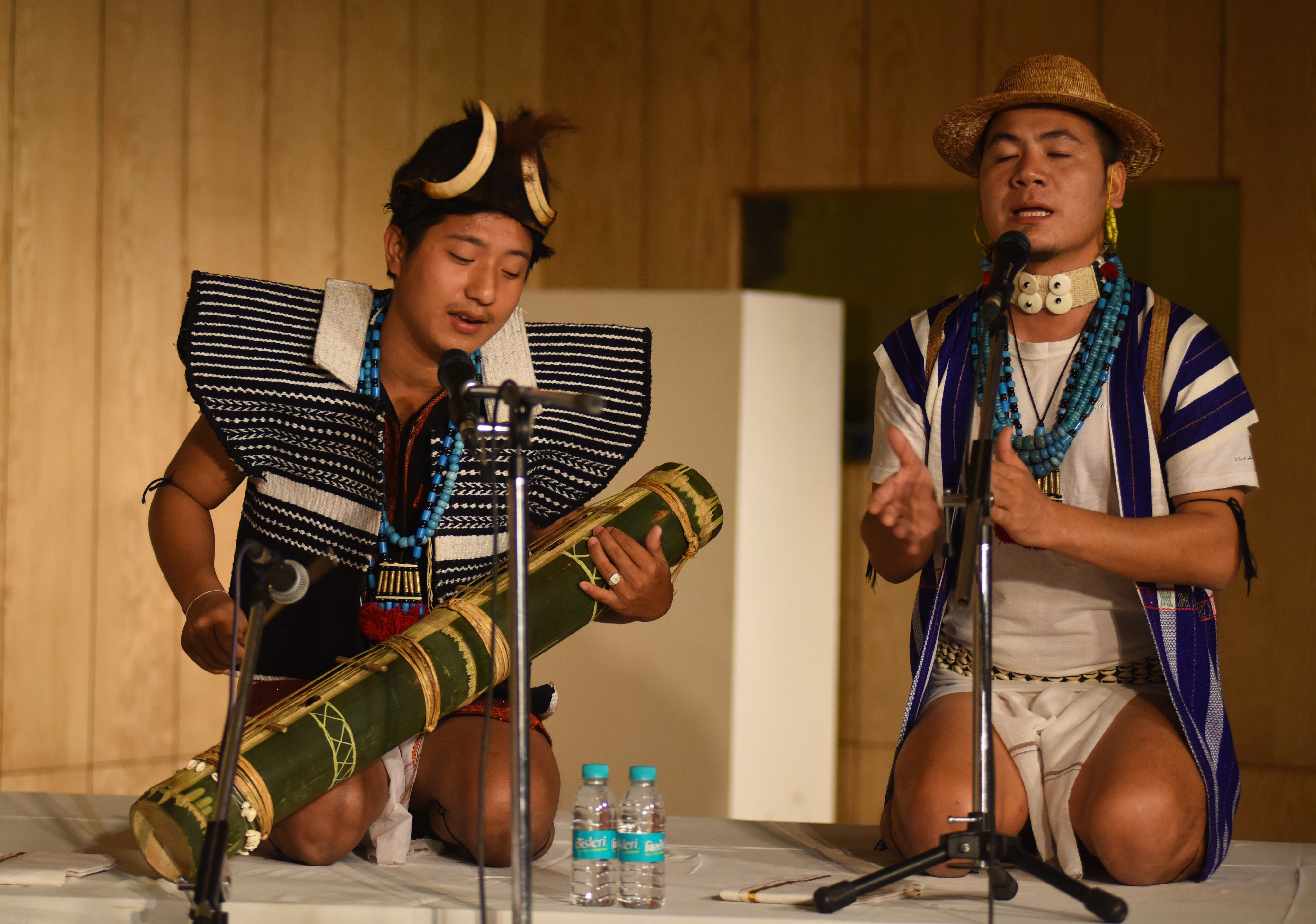
Baryi is a type of folk music that is sung in Arunachal Pradesh, a state of India. It is a narrative song that tells the stories of the history, mythology, and religion of the people of Arunachal Pradesh. Baryi is usually sung on social gatherings, religious ceremonies, and festivals. It is a long song that takes hours to complete, and it is sung in parts by different singers. Baryi is accompanied by musical instruments such as sarangi, bansuri, and various percussion instruments. Baryi is a song that celebrates the glorious past and the rich culture of Arunachal Pradesh. It is a song that reflects the identity and the pride of the people of this state.
Aji Lamu is a folk dance and music form of Arunachal Pradesh, a state of India. It is performed by the Monpa and Sherdukpen tribes who live in the high Himalayas. Aji Lamu is a story-telling dance that narrates the heroic tale of Nyapa, a mortal fisherman who defeats an evil tantric sent by Nyaro, a tyrant king. Nyapa wins the hand of a goddess as a reward for his bravery. Aji Lamu is usually performed on the second day of Losar, or the Tibetan New Year, to celebrate the victory of good over evil. Aji Lamu is accompanied by musical instruments such as cymbals, drums, and flutes. The dancers wear colorful costumes and masks to depict different characters. The dance involves quick rotations and sharp movements that match the rhythm of the music. Aji Lamu is a dance that reflects the culture and spirituality of the Monpa and Sherdukpen tribes. It is a dance that showcases their history, mythology, and religion.
Nyioga is a folk music form of Arunachal Pradesh, a state of India. It is performed by the Nyishi tribe, who live in the lower Subansiri, Papum Pare, East Kameng, Kurung Kumey and Kra Daadi districts. Nyioga is a song that expresses the love and admiration for nature, especially the rivers, mountains, and forests. Nyioga is sung during festivals, rituals, and social occasions. It is also a way of passing on the oral history and culture of the Nyishi people. Nyioga is accompanied by musical instruments such as tati (a single-stringed fiddle), theku (a bamboo flute), asem (a drum made of animal skin and wood), and jemji (a horn made of mithun horn). Nyioga is a song that reflects the harmony and beauty of Arunachal Pradesh. It is a song that showcases the rich and diverse musical heritage of the Nyishi tribe.
Ponung is a folk music and dance form of Arunachal Pradesh, a state of India. It belongs to the Adi tribe, who are known for their traditional folk dances. Ponung is a religious celebration that is performed before the harvest season to pray to God for a good crop and the well-being of the community. Ponung is performed only by women, who form a circle and dance in rhythm to the song sung by a male singer called Miri. The Miri also plays a musical instrument called Yoksha, which is a sword-shaped instrument with iron discs that produce a rattling sound. The other musical instruments that accompany Ponung are gong and bamboo flute. The women wear black shirts, striped skirts, conical hats, and colorful jewelry while dancing. Ponung is a dance that reflects the culture and history of the Adi tribe. It is a dance that showcases their harmony and gratitude towards nature.
Ja-Jin-Ja is a folk song of Arunachal Pradesh, a state of India. It is sung during marriages and other social occasions, that celebrates the history and ancestors of the people of Arunachal Pradesh. Ja-Jin-Ja is a spiritual rhyme indigenous to the Tani clan, who are the major ethnic group in the state. Ja-Jin-Ja is sung either individually or in chorus by both men and women. Ja-Jin-Ja is accompanied by musical instruments such as Yoksha, a sword-shaped instrument with iron discs that produce a rattling sound, and drums. Ja-Jin-Ja is a song that reflects the culture and identity of the Tani people. It is a song that showcases their love and respect for their elders and their traditions.

